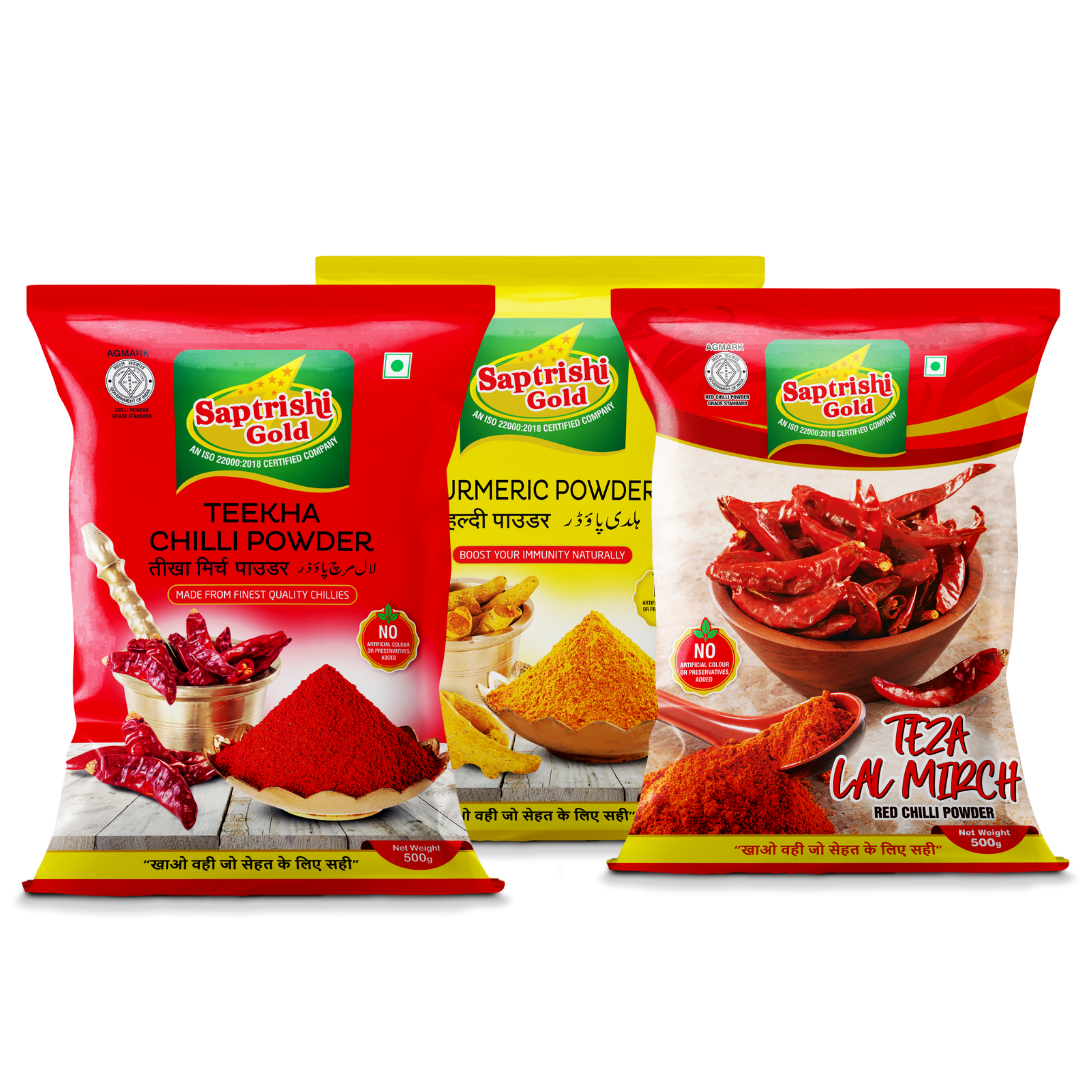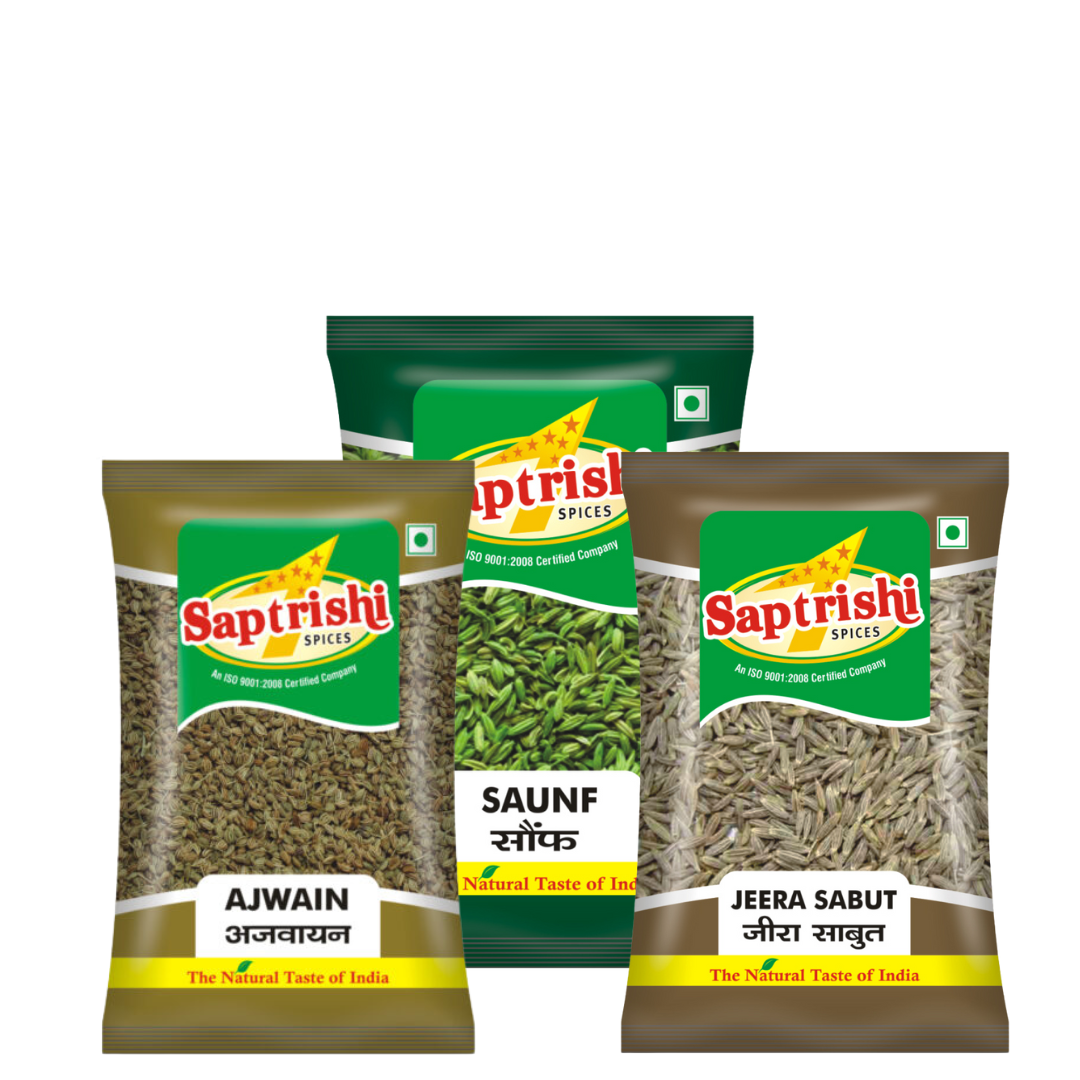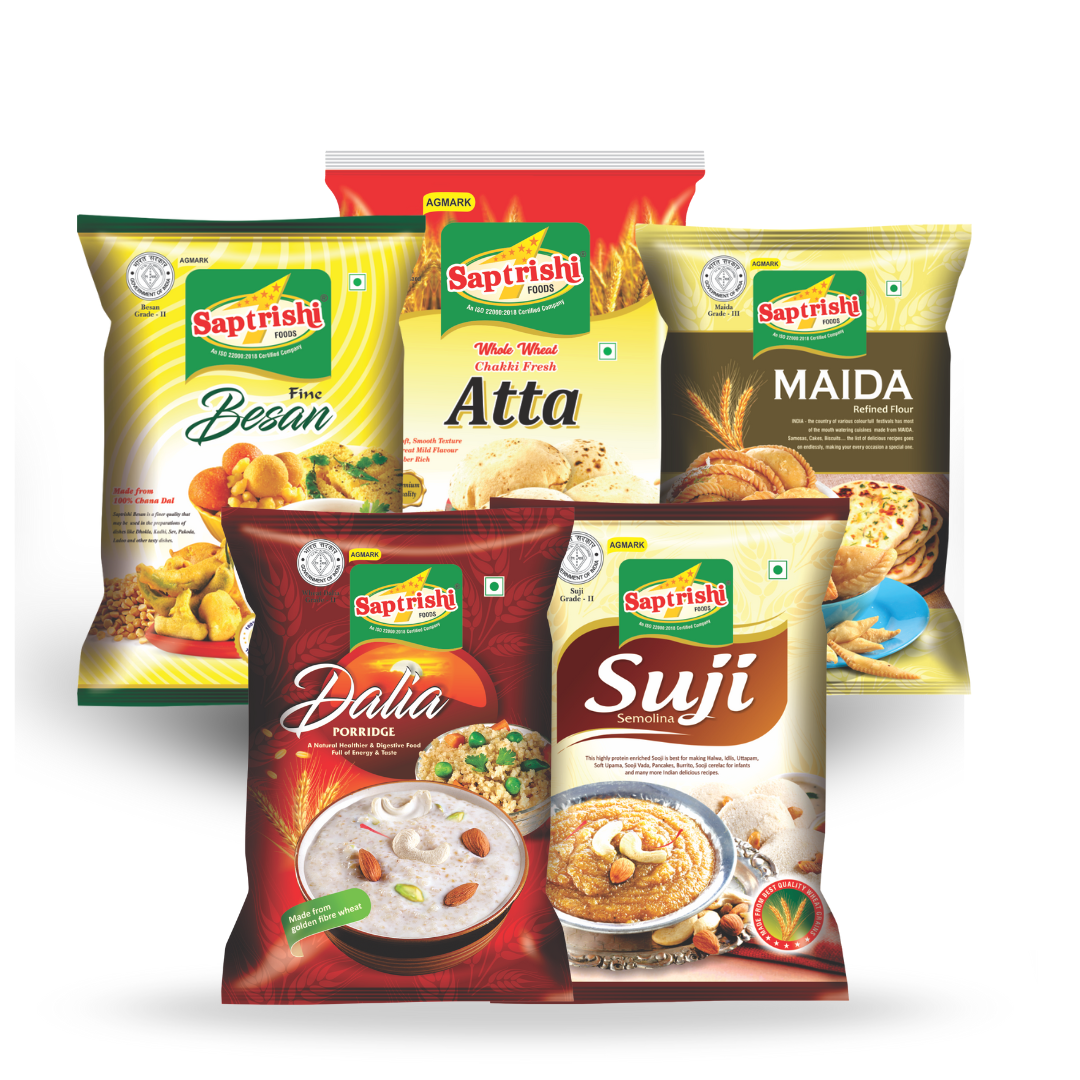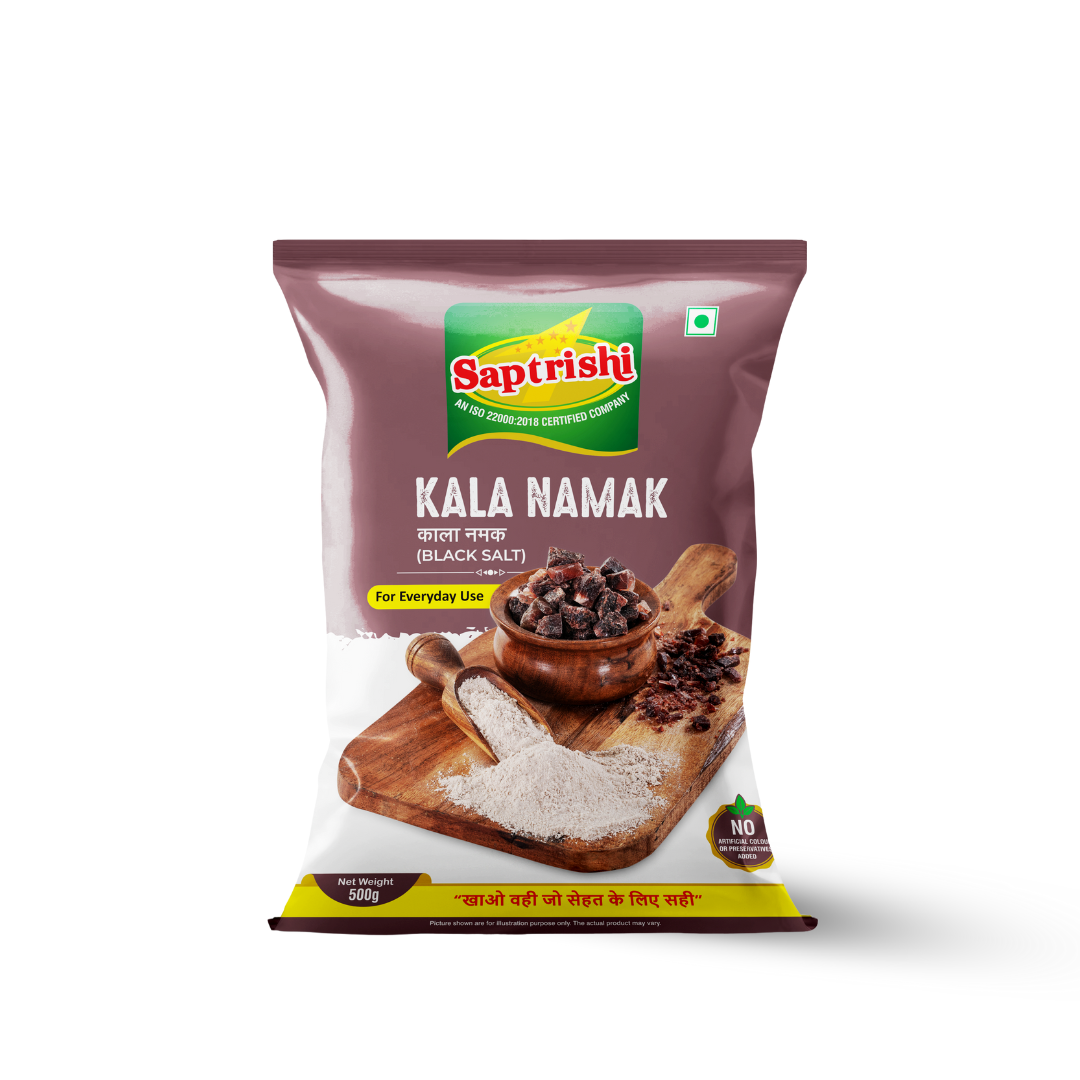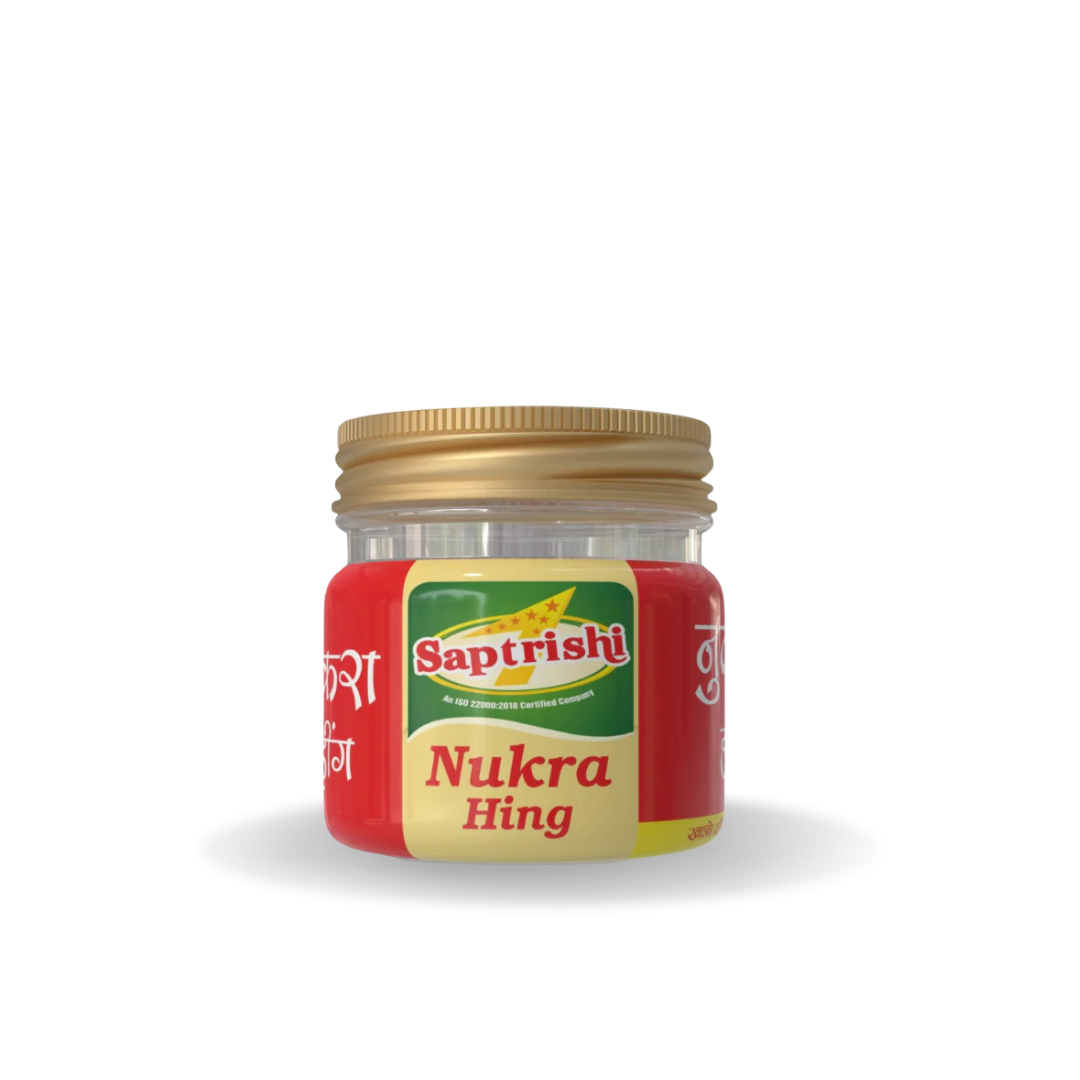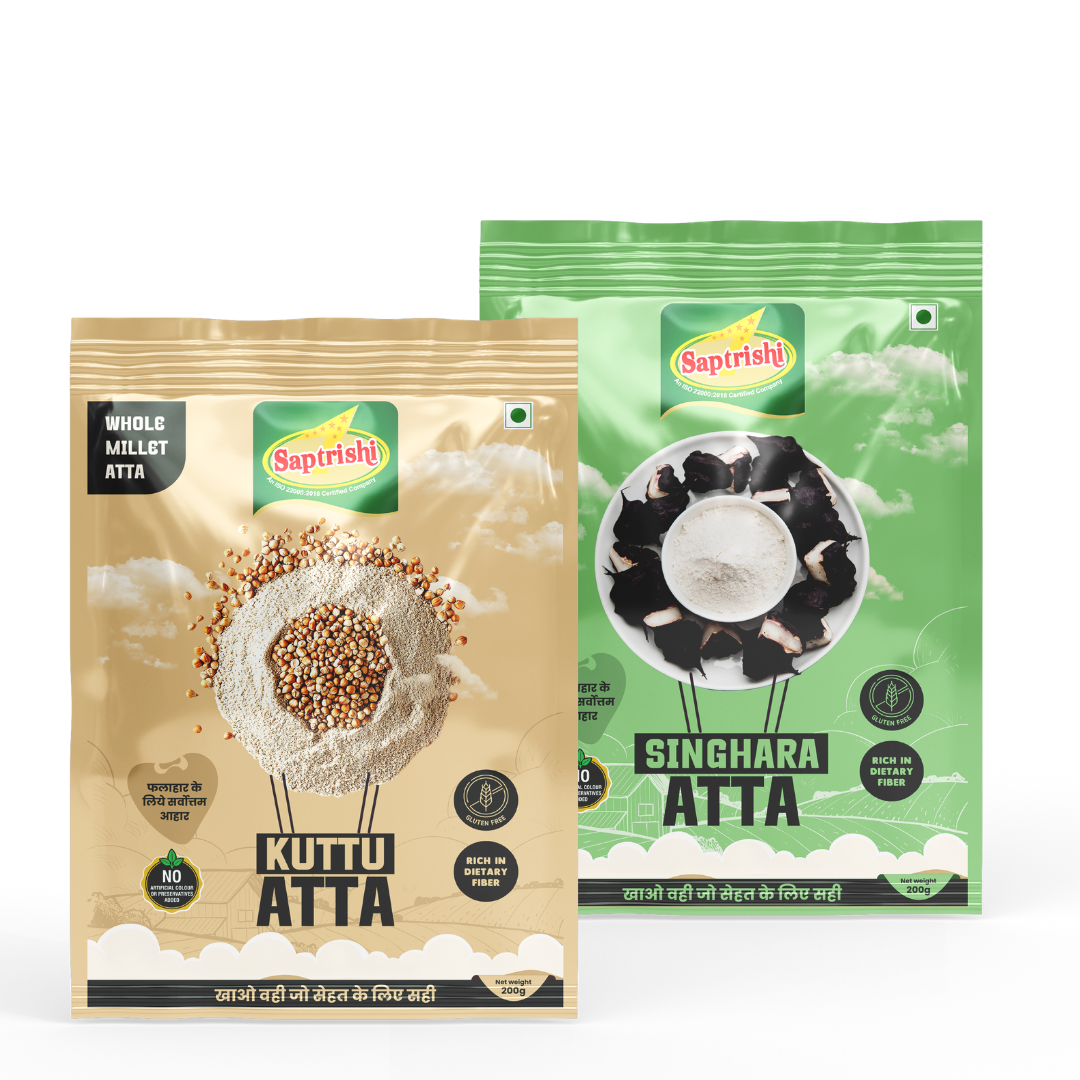In every Indian kitchen, masala is the soul of cooking. From sabzis and dals to biryanis and snacks, spices are the foundation of flavor. But within the world of Indian spices lies a sub-category that doesn’t just season food—it transforms it. Enter chat masala. If you’ve ever tasted a tangy fruit chaat, zingy pani puri, or spicy puffed rice, you’ve experienced the magic. But how does chat masala differ from traditional masala? In this blog, we’ll break down Chat Masala vs Masala and explore what makes this special blend so irresistible in modern Indian cuisine.
Understanding the Basics: Chat Masala vs Masala
The debate around Chat Masala vs Masala often begins with confusion over the two terms. "Masala" in Indian cooking is a general word for any spice mix. It can refer to blends like garam masala, pav bhaji masala, sabzi masala, or even regional variations like Malvani or Kolhapuri masala. These are typically used during cooking to flavor curries, vegetables, lentils, and rice dishes.
Chat masala, on the other hand, is a finishing spice blend—used after cooking or just before serving. It’s not meant to be cooked into food but sprinkled on top to enhance freshness and add a punchy, tangy flavor. Its ingredients—like dry mango powder (amchur), black salt (kala namak), asafoetida (hing), and roasted cumin—are balanced to wake up your taste buds immediately.
Key Ingredient Differences: Chat Masala vs Masala
Understanding the ingredient profiles is the first step to distinguishing between Chat Masala vs Masala blends:
| Feature | Chat Masala | Traditional Masala |
|---|---|---|
| Primary Use | Post-cooking, as garnish or enhancer | During cooking (base flavor) |
| Key Ingredients | Amchur, black salt, hing, cumin, chili | Turmeric, coriander, cumin, red chili, cloves |
| Flavor Profile | Tangy, spicy, salty, slightly sour | Warm, earthy, sometimes sweet or pungent |
| Texture | Fine, slightly sticky (from black salt) | Powdered, dry and aromatic |
| Best Use Cases | Fruits, chaats, buttermilk, salads, snacks | Curries, lentils, gravies, rice, vegetables |
Chat masala is often used in smaller quantities because of its sharp and concentrated flavor. Meanwhile, regular masalas are added in larger portions to cook the dish through and build its body.
Why Chat Masala Stands Out

So, when comparing Chat Masala vs Masala, what makes chat masala stand out so much? It’s all about instant impact. Traditional masalas blend into food slowly and provide layered depth. Chat masala, however, delivers a front-loaded taste explosion with every bite.
When you sprinkle it over papaya, cucumbers, boiled aloo, popcorn, or paneer tikka, it doesn’t just enhance the dish—it transforms it. There’s an element of surprise in how a simple fruit salad or a bowl of puffed rice can suddenly become street-style chaat just by adding this one blend.
Another reason for its uniqueness is black salt, which has a sulfuric, eggy aroma that contributes umami flavor, making food taste richer and more satisfying—even when it’s low in oil or completely vegan.
Use Cases: Chat Masala vs Masala in Everyday Cooking
Let’s explore practical examples to see how each is used in Indian kitchens:
Chat Masala:
-
Sprinkled on fruit salads and veggie bowls
-
Mixed into raitas and buttermilk
-
Used in chaats like papdi chaat, aloo chaat, bhelpuri
-
Added on grilled or tandoori items post-cooking
-
Seasoning for makhana, popcorn, nachos, and sandwiches
Regular Masala:
-
Cooked into tomato-based curries, gravies, and lentils
-
Used in dry sabzis like bhindi, aloo gobi, or baingan
-
Forms the spice base for pulao or khichdi
-
Added to marination blends for meat or paneer
-
Used in spice pastes or tadkas during meal prep
In short, Chat Masala vs Masala isn’t about which is better, but when and how to use each for maximum flavor impact.
Health Impact: Chat Masala vs Masala
Interestingly, both types of masalas have digestive and health benefits, though their roles differ:
-
Chat Masala often includes amchur, black salt, and hing—all of which aid digestion, reduce bloating, and stimulate appetite. It’s especially useful after a heavy meal or to make raw foods easier to digest.
-
Traditional Masalas like turmeric and cumin offer anti-inflammatory, antioxidant, and detoxifying properties when used regularly in cooked meals.
So while traditional masalas build long-term wellness through cooking, chat masala offers a quick digestive lift and flavor balance.
Choosing the Right Chat Masala Blend
Since chat masala is consumed raw and directly affects the final taste, the quality of the blend is crucial. A low-grade masala can overpower your food or taste too salty. That’s why we recommend starting with something balanced and trusted, like Saptrishi Chat Masala.
Saptrishi’s blend offers just the right mix of tang, salt, and spice to suit both traditional chaats and modern snack recipes. It’s free from unnecessary fillers and delivers consistent flavor with every use.
FAQs
Q1. Can I use chat masala in place of garam masala?
No. Chat masala is not a cooking spice; it is used after cooking. Garam masala builds flavor within a dish, while chat masala finishes it.
Q2. Is chat masala good for digestion?
Yes, thanks to ingredients like black salt and hing, it supports digestion and helps reduce bloating or heaviness.
Q3. What are some creative uses of chat masala?
Sprinkle it on popcorn, chips, roasted nuts, boiled eggs, or even avocado toast for a bold Indian twist.
Q4. Can I add chat masala to cooked food?
Yes, but only after it’s off the stove. Adding it during cooking can dull its bold tangy flavor.
Q5. Where can I buy quality chat masala?
You can try Saptrishi Chat Masala for a well-balanced, authentic blend.
Why Both Masalas Belong in Your Kitchen

In the world of Indian spices, it’s not about Chat Masala vs Masala—it’s about using both at the right time. Regular masalas provide the rich foundation of any dish, while chat masala delivers that burst of flavor that surprises and delights. Together, they complete your spice spectrum.
So next time your food feels flat or your snack needs a lift, reach for your jar of chat masala. Better yet, stock a high-quality blend like Saptrishi Chat Masala, and let every bite become a flavor-packed experience.
